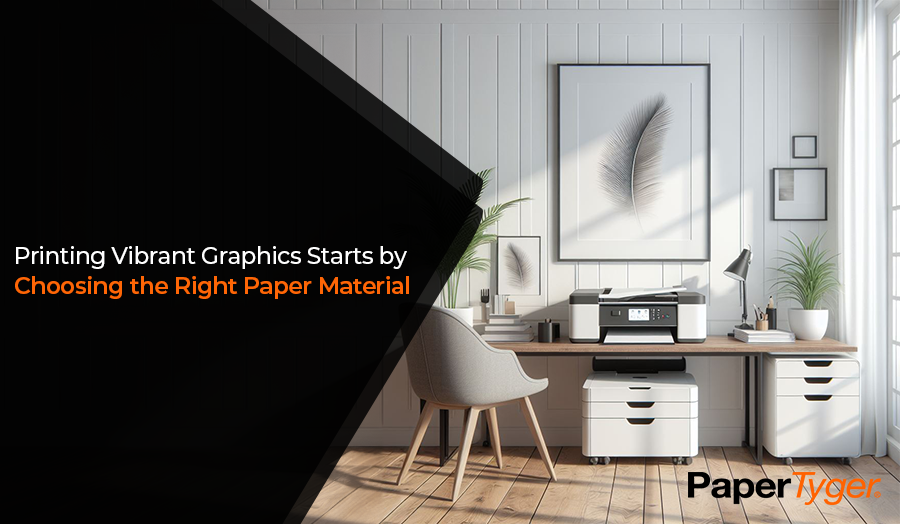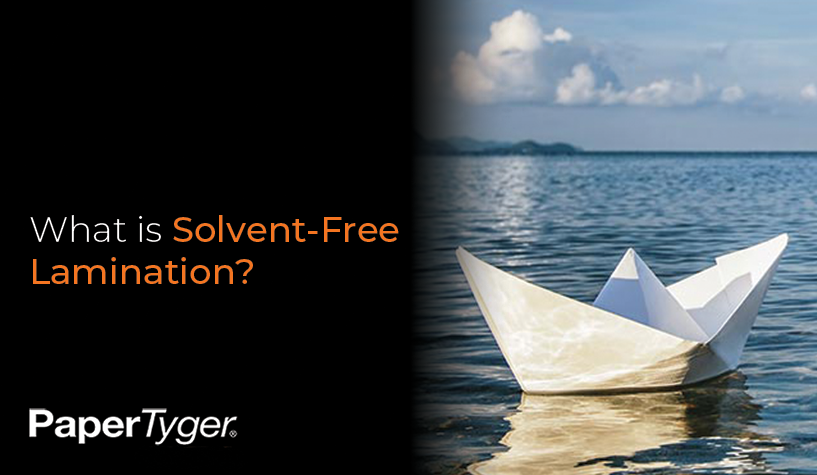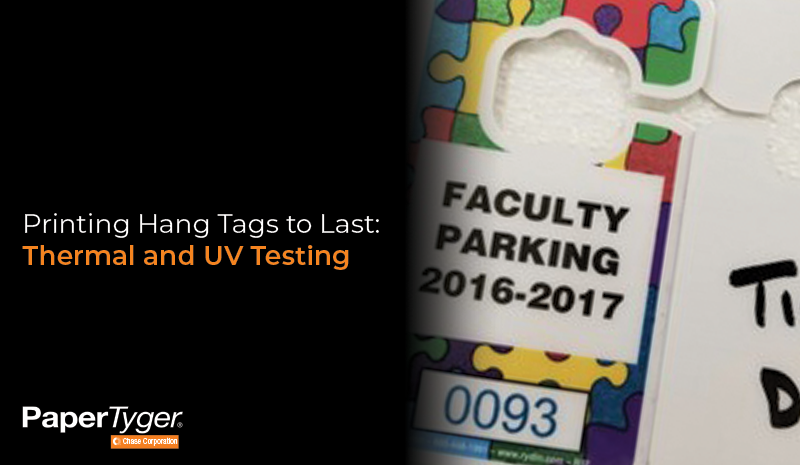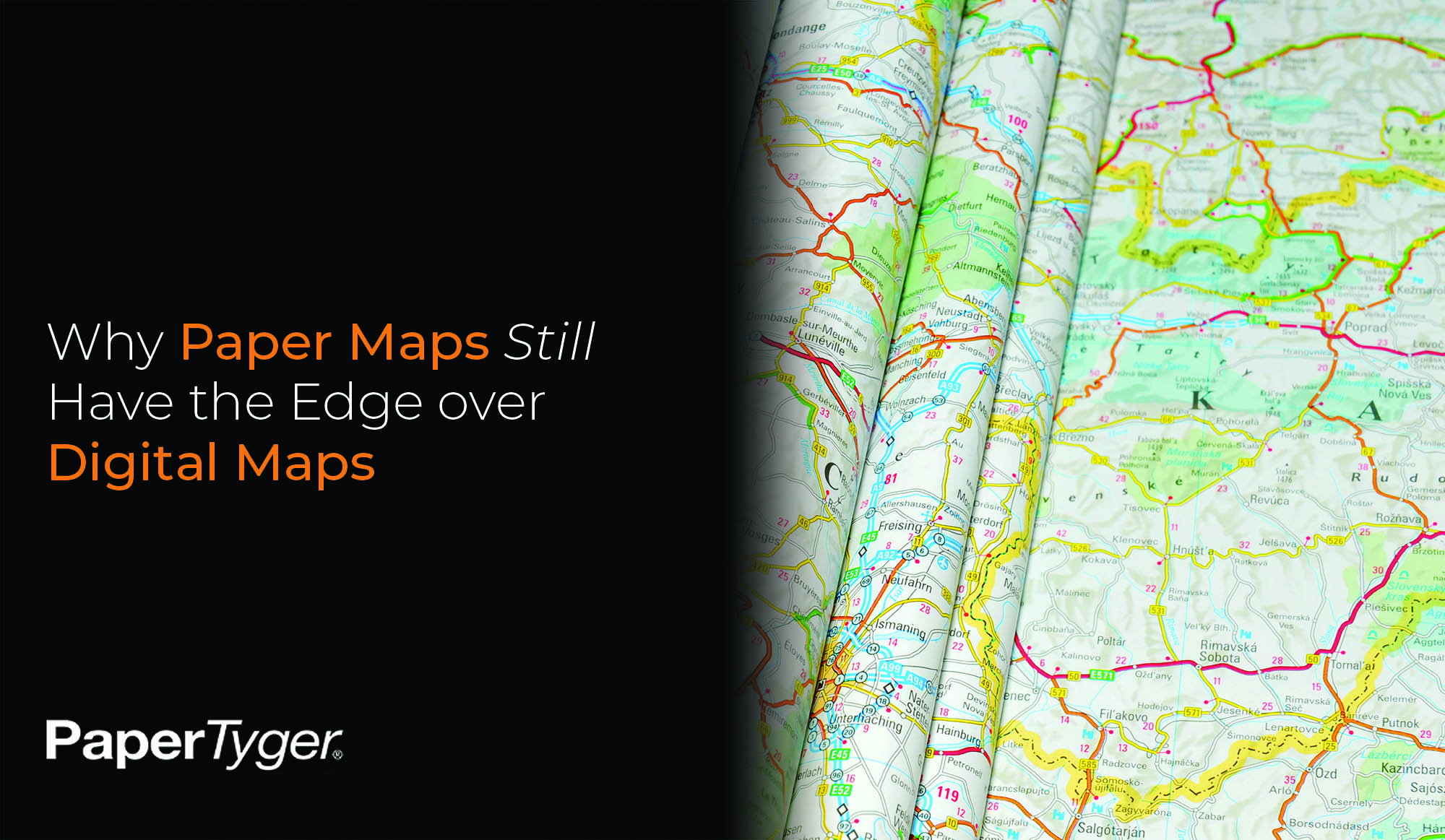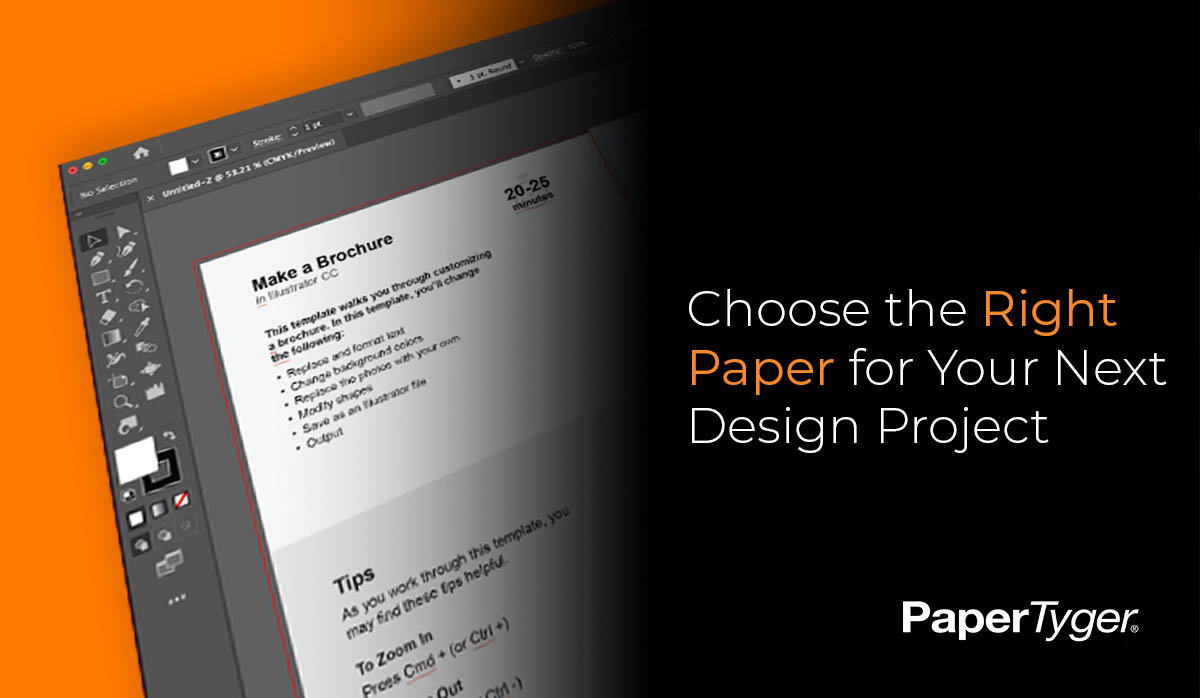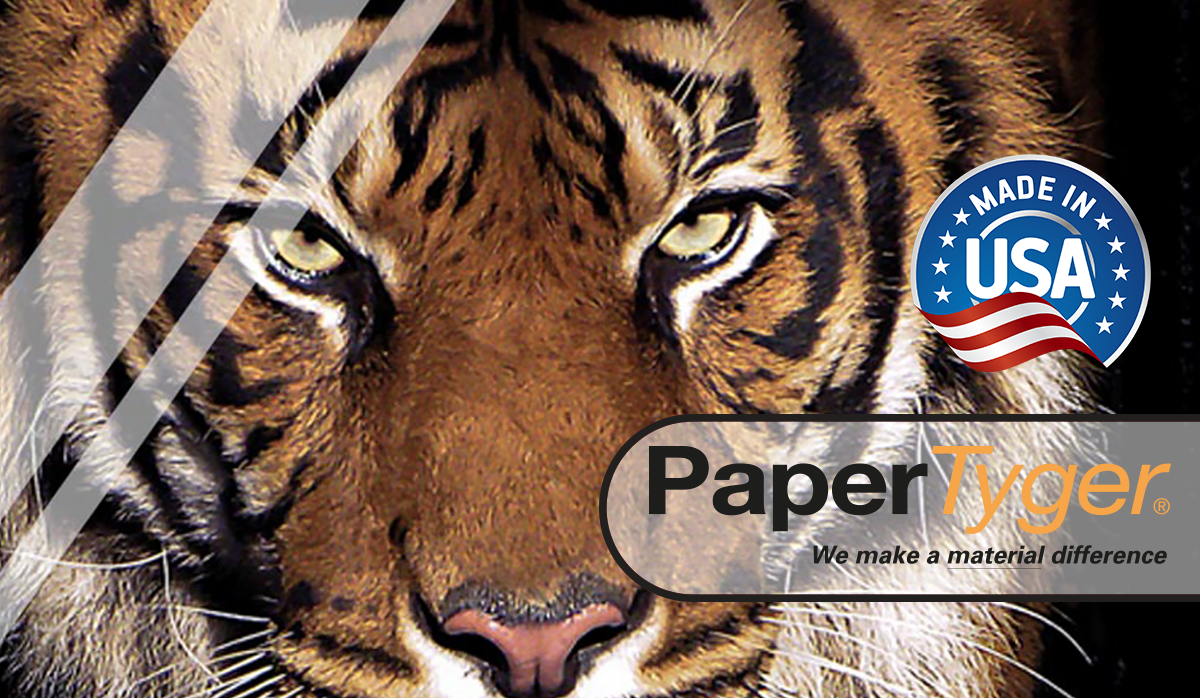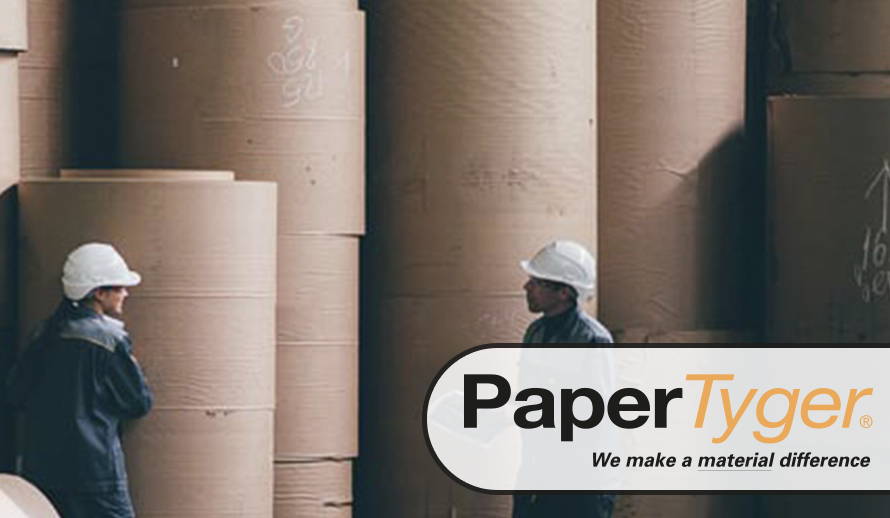Professional-looking printed graphics are essential for almost all brick-and-mortar businesses. To achieve a professional look, selecting the right paper quality is key. This is because the quality of paper directly impacts the final product's overall look and feel. By carefully selecting the right paper for a project or design, businesses can ensure their printed graphics look professional and high-quality.
Printing Vibrant Graphics Starts By Choosing the Right Paper Material
Topics: Laminated Paper, Business Branding
There are a few types of lamination used in printing. Some are more advantageous than others, and this depends largely on your printing requirements and your application. This article will cover lamination processes, applications, and benefits of solventless lamination.
Topics: Laminated Paper, Solvent-free
If you’ve ever had a hang tag on your car, you know how quickly it can degrade. Being exposed to harsh UV rays and cold temperatures can make colors fade and tags can become brittle. ID tags are also put through a great deal of exposure on a daily basis, especially when worn on the outside of a wallet (access key cards, for example). As such, these types of products need to be durable and long-lasting; and of course, you’ll want them to look professional for a very long time.
Topics: Laminated Paper, hang tag
There's a myth that all printer-compatible papers are the same. This couldn't be further from the truth. In actuality, there is a wide range of characteristics and applications for different types of printer-compatible paper types, and this varies depending on the user and their needs.
Read on as PaperTyger explains why it is the superior paper choice for your business to print in-house.
Topics: Laminated Paper, HP certified, HP indigo
We live in an era where we have access to more information than ever. With the development of digital maps (including Google, Apple and GPS), you might think that the age of paper maps is over. But there are many reasons paper maps are still relevant in modern times and still in high demand.
Topics: Laminated Paper, Waterproof paper, paper for maps, Printable Maps
As a designer, paper choice is a critical point of consideration in print design. Failing to properly consider what option is best for you can result in an unforgiving and costly error. Read on to discover why PaperTyger paper consistently performs well across all varieties of applications.
Topics: durable paper, Synthetic paper, Laminated Paper
There are many types of platforms to advertise, so it can be difficult for businesses to choose where to focus their marketing budget. Many companies opt for the digital route, like paying for Google and Facebook ads. However, this can be costly and difficult to get right. An often-underestimated method is the power of posters.
Printed posters communicate to audiences fast and have tremendous visual power. Let’s look at the effective implementation of printed paper posters in advertising - as well as tips on how to have a strong poster design.
Topics: durable paper, Laminated Paper, Posters, Branding, Business Branding
We highlight the key benefits of PaperTyger paper, proving why our durable products are in high demand for a diverse range of applications.
Topics: durable paper, resistant paper, Laminated Paper, Waterproof paper, Papertyger
The Solution to Applications in Harsh Environments
Durable printable labels offer a robust and versatile identification solution for applications. Consequently, they play a critical role within manufacturing and similar harsh environments, enabling components to be identified, tracked and traced through each tier of the supply chain and printed on-site. For example, they are an ideal choice for identifying safety equipment and providing information and certification notices.
Topics: durable paper, Synthetic paper, Laminated Paper, paper for menu, grease resistant paper
As with any printing papers, PaperTyger printing papers should be allowed to become fully acclimated to pressroom conditions before attempting to use them. PaperTyger papers are manufactured to a relative humidity of 42-50% @ 72°F / 22°C.
As relative humidity is a function of temperature, the first step is to be sure paper reaches the temperature of the pressroom before opening any packages, cartons, or skids. Use this paper conditioning chart as a guideline for how long, e.g. cold paper might need to reach the temperature inside the pressroom.
Topics: durable paper, resistant paper, Laminated Paper, Papertyger, tear resistant map, Water resistant paper, Paper Storage


